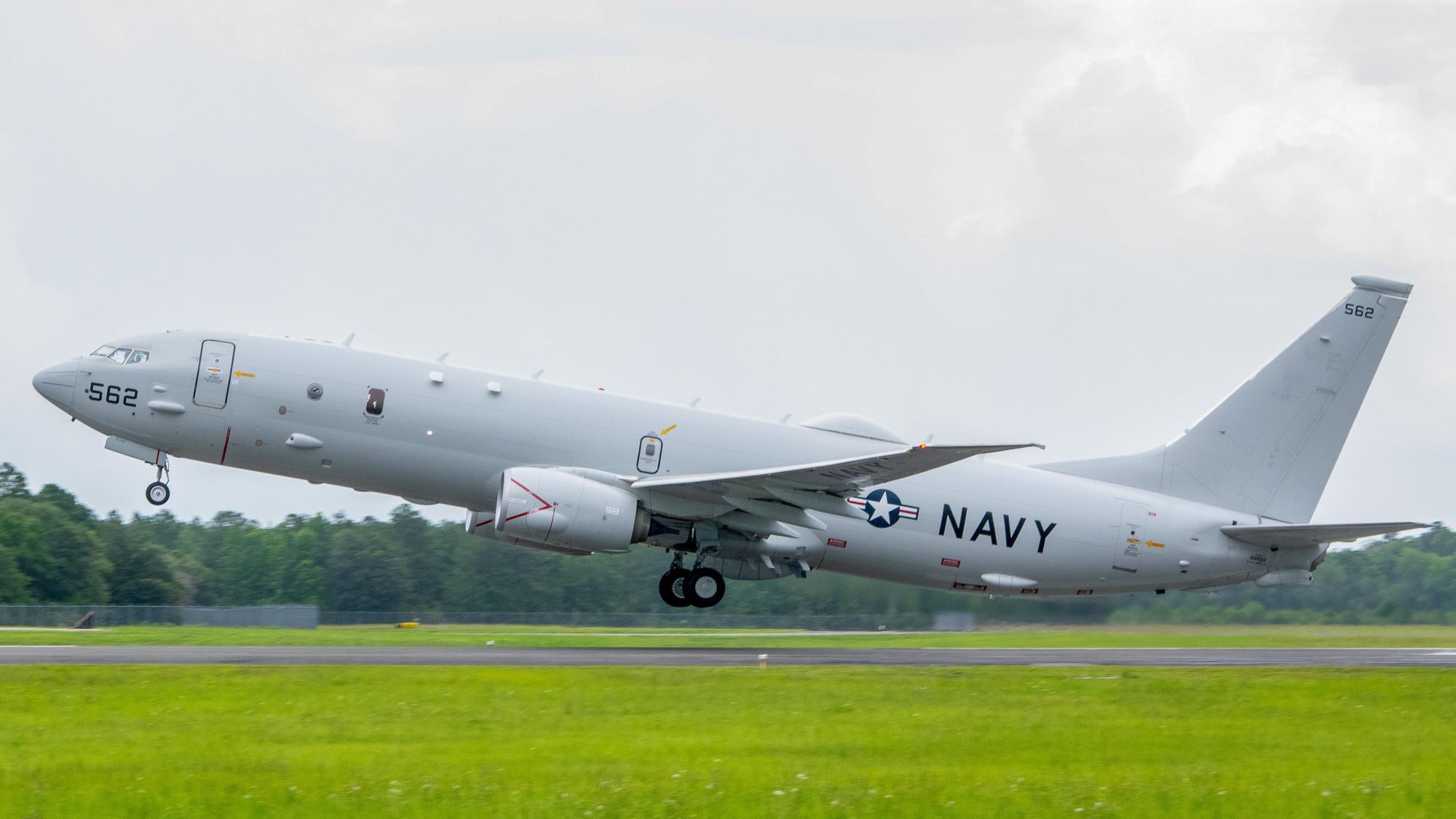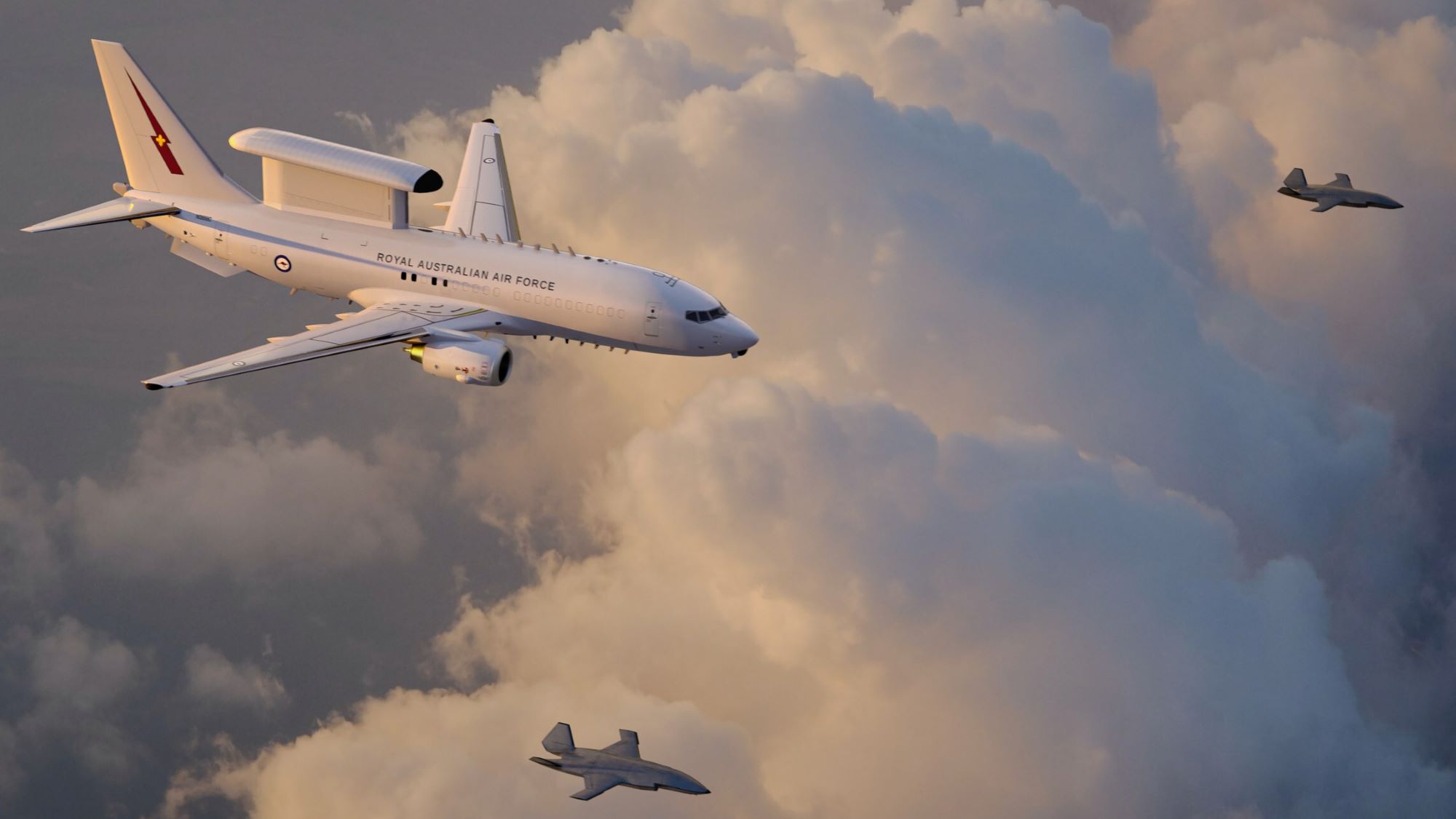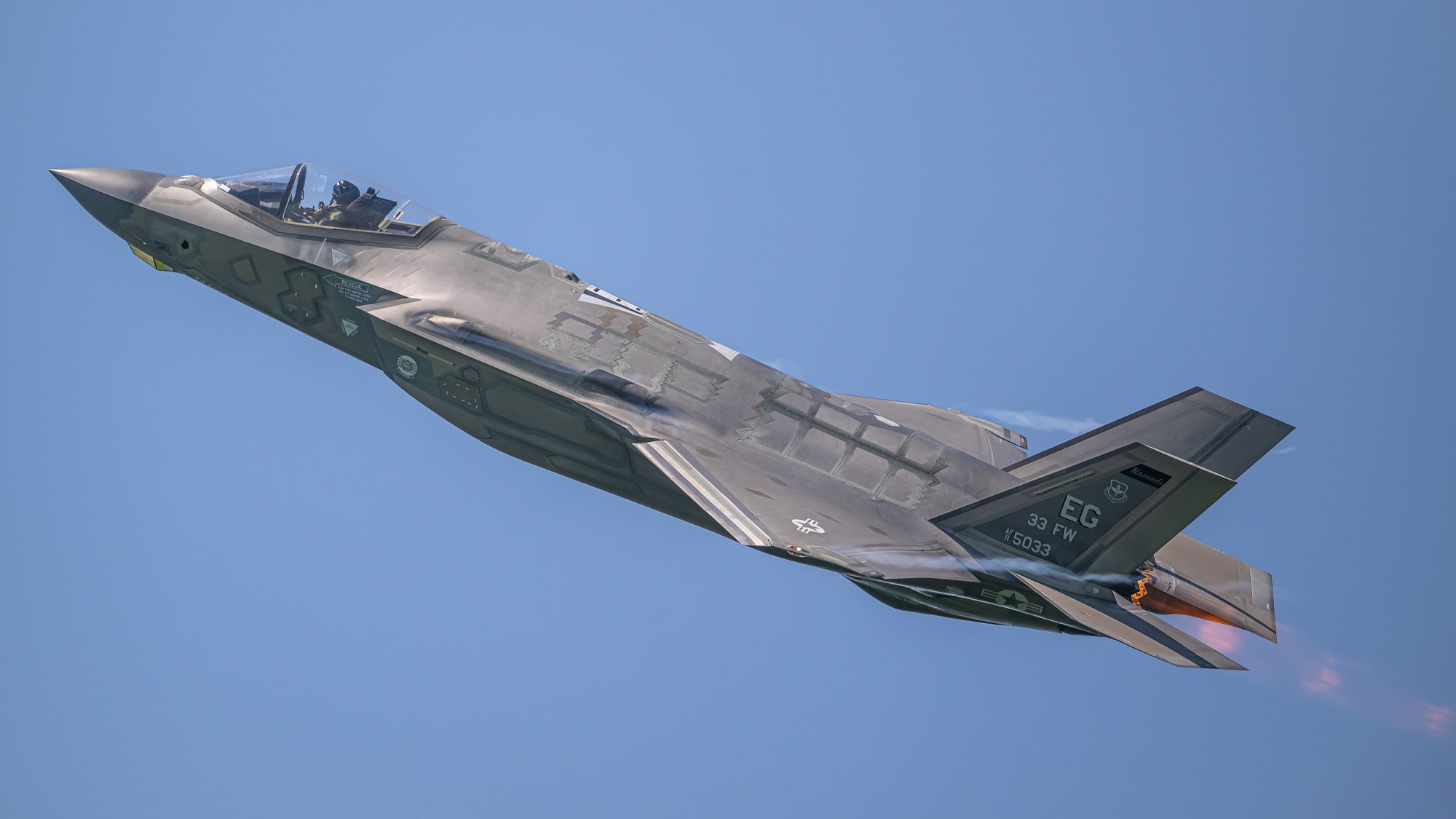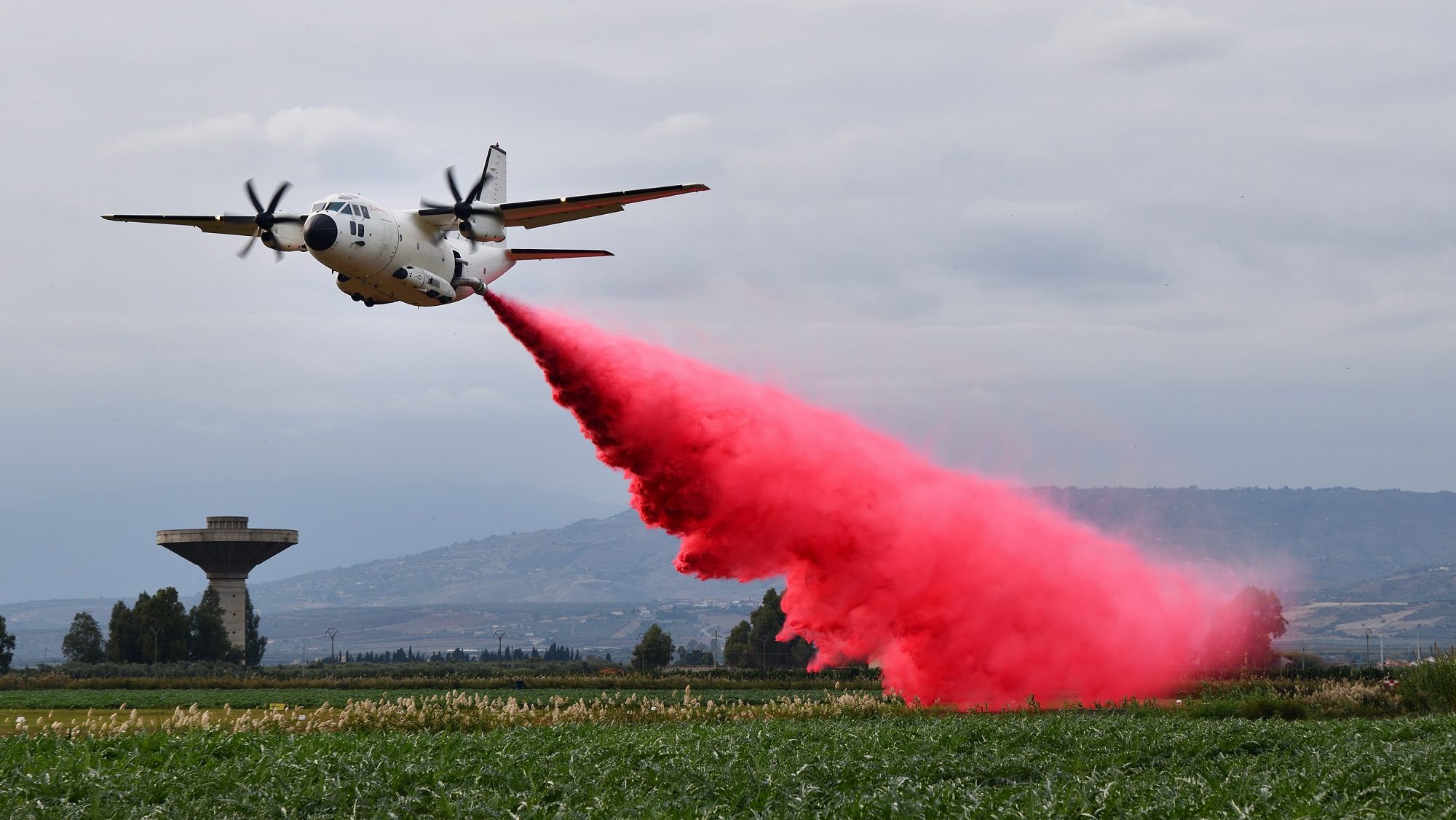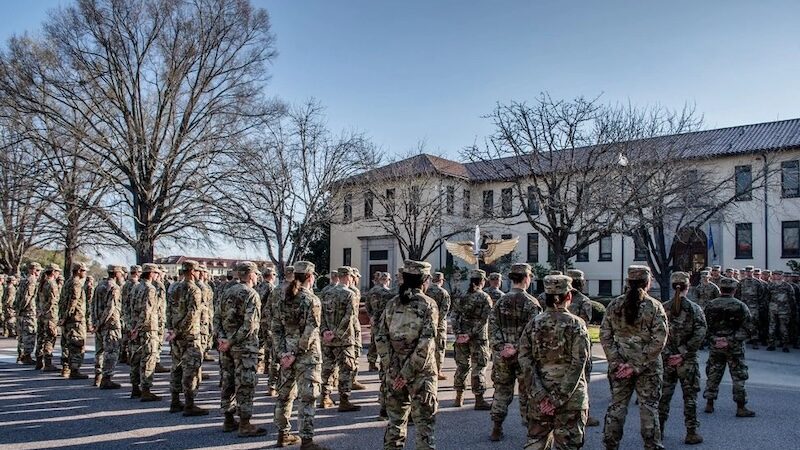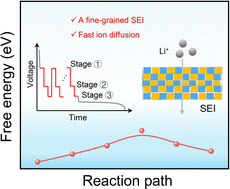Lockheed seeks European partners for missile production crunch
“There’s plenty of work to go around, around the globe, so we’re looking for those strategic partnerships to help us complete our mission,” said Lockheed executive Jason Reynolds.


A U.S. Army MIM-104 Patriot surface-to-air missile system is fired for a coastal air defense event during Balikatan 23 at the Naval Education, Training and Doctrine Command, Philippines (Photo: US Marine Corps)
PARIS AIR SHOW — Spurred by the war in Ukraine, Lockheed Martin is surging production of key ground-based missile launchers and munitions, and is casting about Europe for opportunities to expand manufacturing that will meet sky-high demand, according to two company executives.
“We are looking at [expanding production into Europe] across the entire portfolio,” Paula Hartley, vice president and general manager of tactical missiles for Lockheed’s Missiles and Fire Control unit, said in a briefing with reporters here on Wednesday. “As demand increases, we see both the value and the benefits of expanding from purely domestic [production] to taking advantage of international supply chain and international facilities” for fielding and sustaining weapon systems.
Hartley and Jason Reynolds, Lockheed’s vice president and general manager of integrated air and missile defense, said the company is making moves to expand production for multiple platforms.
According to Reynolds, Lockheed is starting up discussions to establish production of the Patriot PAC-3 missile in Europe, adding a third source of production outside of the US and Japan. Alongside that, the US Army is now seeking a second supplier for the missile’s seeker, Reynolds noted, which is currently manufactured by Boeing. Reuters previously reported the seeker in particular was a chokepoint in the PAC-3’s manufacturing.
Lockheed is making similar moves for other programs, according to Hartley, such as shifting subcomponent work into the UK and moving manufacturing into Poland for the Guided Multiple Launch Rocket System (GMLRS) family of munitions, which she said will ramp to 14,000 units annually this year. Poland has signed up to be the first country outside the US to produce the Javelin anti-tank missile and Lockheed is seeking to broaden the weapon’s production in the United Kingdom, which is already a critical Javelin supplier, as well.
RELATED: Rheinmetall, Lockheed unveil GMARS, in talks with European customers: Exec
To get a sense of the weapons crunch, Hartley said “pretty much across the board” she expects to deliver 40 percent more products in her portfolio between 2024 and 2025 alone.
For the PAC-3 missile, for example, “over the last few years” annual production has steadily climbed from 300 and is expected to reach 650 by 2027, and could rise above that down the road, according to Reynolds. And for the High Mobile Rocket Artillery System (HIMARS), production has doubled from an annual volume of 48 to 96, a figure Hartley said Lockheed is seeking to surpass.
“For the first time ever, Lockheed Martin is building HIMARS ahead of [production contracts], so that we can have an inventory of HIMARS, so that we can deliver them to customers, think one or two ahead of time, so they can train their troops in advance of having them fulfill their entire order,” she said.
“There’s plenty of work to go around, around the globe, so we’re looking for those strategic partnerships to help us complete our mission,” Reynolds said.
Lockheed is also modernizing weapons alongside its production ramp-up, introducing new features that add versatility on the battlefield and could also save money. Technology developed for the company’s integrated missile defense portfolio enables operators to guide rounds in new ways, with Reynolds using the example of an F-35 holding custody of a target and feeding that information to a missile — obviating the need for a pricey seeker.
In addition to providing a new way to target an adversary, “the benefit of that is the cost of the seeker on missile versus the cost of the data link on missile,” he said.
While Lockheed, along with the rest of the defense industry, is rushing to provide Western militaries with cheaper interceptors, Reynolds emphasized a mix of defensive capabilities will be required depending on what’s inbound.
“I wouldn’t say, hey, PAC-3 doesn’t have a future. You’re going to need PAC-3,” he said, pointing to examples like sophisticated Russian offensive weapons that have been used to strike Ukraine. “You’re going to need those kind of capabilities against those kind of threats.”











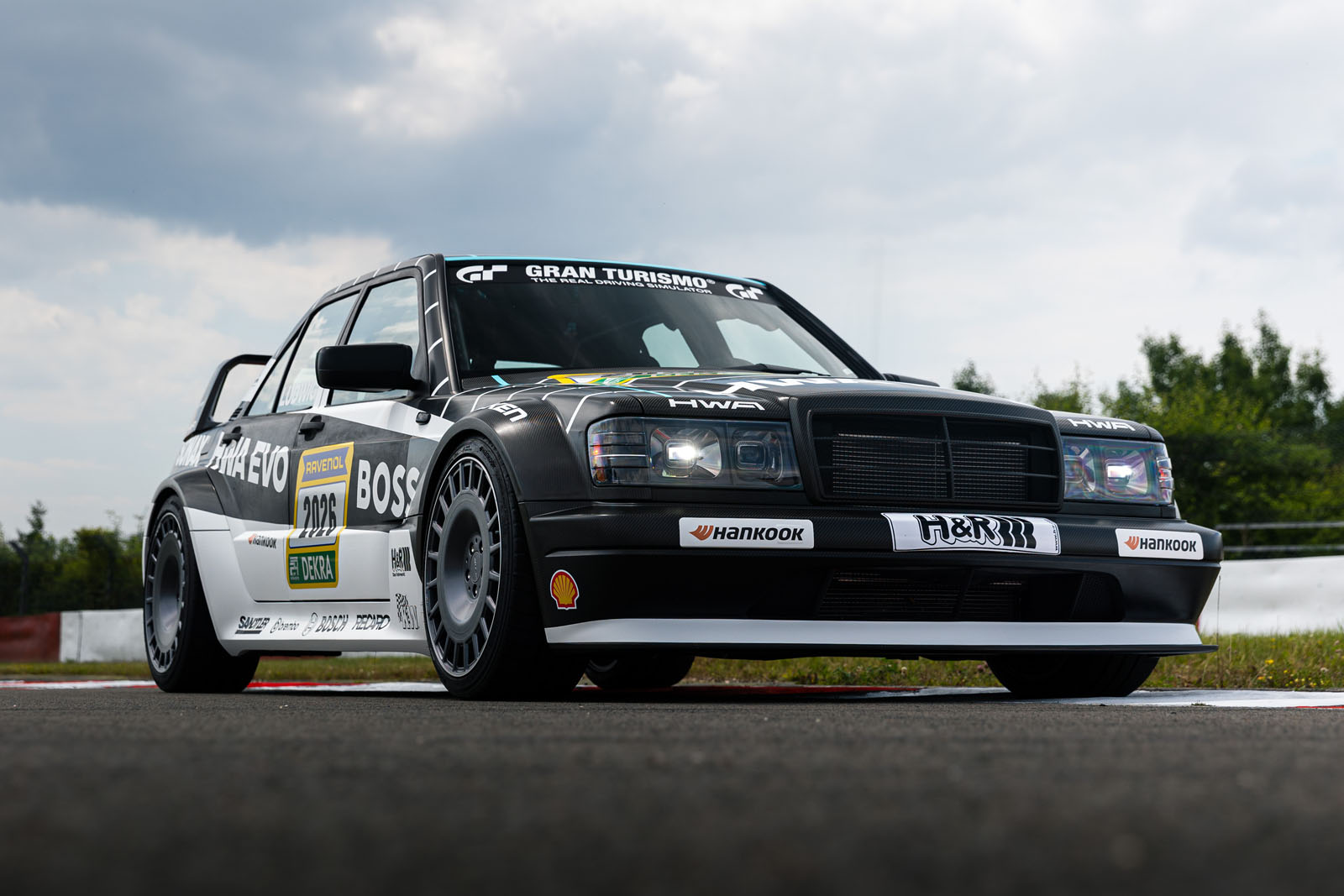





































































![The sights of Paris Air Show, one last time: Day 4 [Photos]](https://breakingdefense.com/wp-content/uploads/sites/3/2025/06/20250617-helenedelacoste-Paris-Air-Show-037-scaled-e1750357690820.jpg?#)

